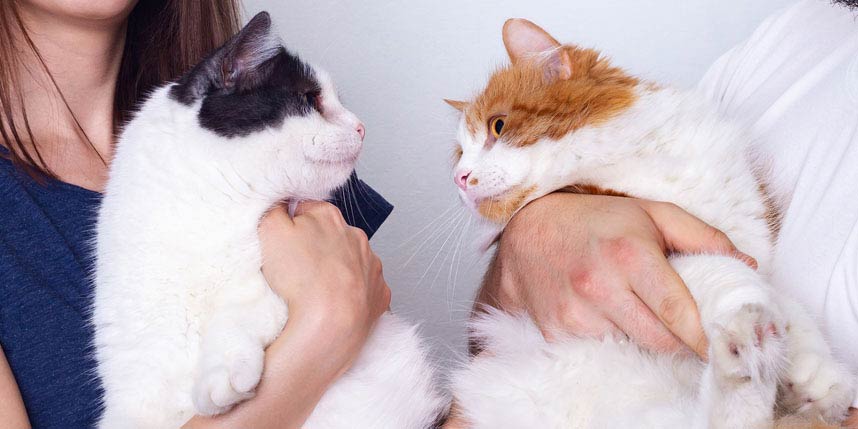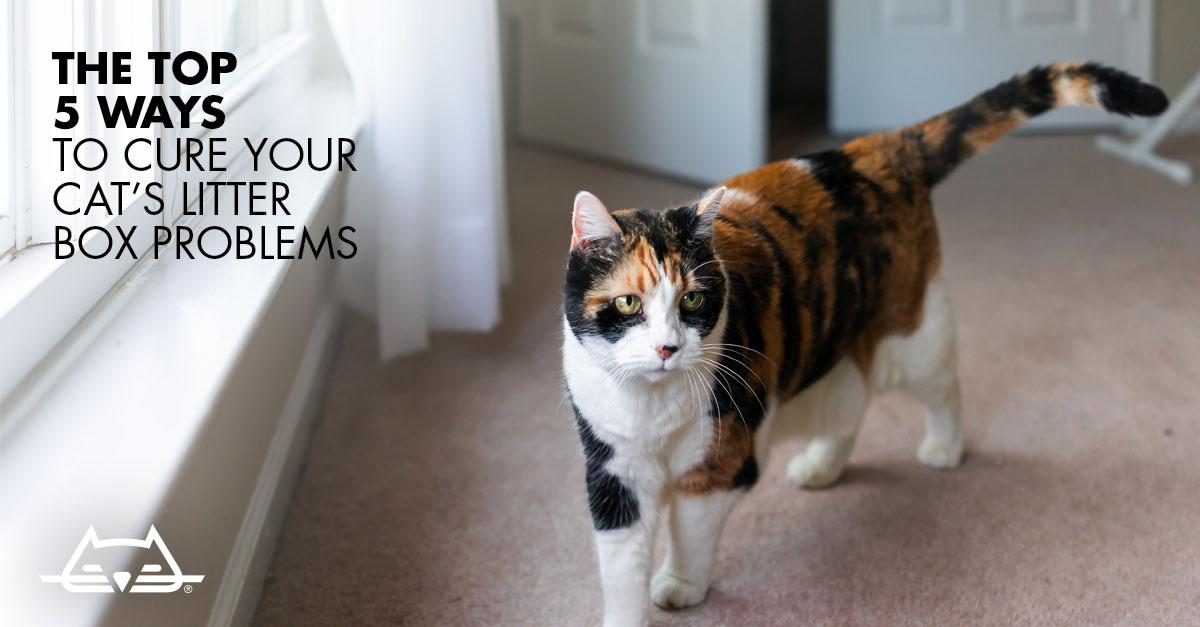CAT COSTS 101: WHAT EXPENSES TO EXPECT WHEN ADOPTING A CAT
Thinking of adopting a cat? Make sure you can afford it first. We break down the costs of cat ownership, so you know what to expect before you adopt.

How to Introduce Cats to Each Other
Some say one cat is never enough — and they’re right! Cats are social creatures, and they love having another friend around to keep them company. Once you’ve learned how to care for a single cat, it’s a great idea to go out and adopt a second so they always have a friend and playmate, even when you’re not home.
If you’re thinking of bringing another feline into your home, it’s important to make the introduction properly so no behavioral conflicts arise. Follow these steps to ensure your new cat and existing cat get along sooner rather than later.
A Step-By-Step Guide to Introducing Cats:

1. Prepare a Room for Your New Cat
Before you bring your new fur baby home, set up a room where they can stay with everything they’ll need to keep comfortable. Stock the room with food, water, a place to sleep, a litter box and some toys to help keep them occupied. This room should warm, comfortable and spacious enough for them to move around and play.

2. Let Them Get Used to Each Other’s Scents
When you first bring your new cat home, keep them confined to the room you set up for a couple of days, so both cats have a chance to get used to each other’s scents from opposite sides of a door, before they come face to face. You can do this by putting both cat’s food bowls on opposite sides of the door.

3. Spend Time Alone with Both Cats
Spend some quality time alone with your new cat so they learn to trust you and grow comfortable with your presence.
You should also spend time with your cat, keeping them calm and checking that they are eating and using their litter box as usual. They may be on edge knowing another cat is somewhere in their home. Using a pheromone diffuser to provide a calming scent may help to put both cats at ease during the transition.

4. Host a Supervised Introduction
After a couple of days, the cats will have grown used to each other’s scents and should be ready to meet each other. For the introduction, you’ll want to be present, but not too close as you don’t want to interfere or cause either cat to become territorial. Bring both cats into a large, open space where they won’t feel trapped or cornered and allow them to sniff each other and make their introductions. You should only need to interfere if the cats start to fight with each other.

5. Leave Them Alone Together
If the introduction goes well and there is no fighting, hissing or change in appetite or litter box use, then you can take the last step and leave both cats alone together. Keep an eye on their litter and eating habits during the first few days or weeks together to ensure both cats are staying healthy and feeling comfortable together.
By deciding which of these qualities are most important to you as a cat owner, you can start to narrow down the types of litter to find the one that’s best for you and your cat. If you are interested in a natural, corn-based litter that’s quick clumping, flushable and comes in both scented and unscented varieties, there’s a World’s Best Cat Litter® formula that’s perfect for you.



